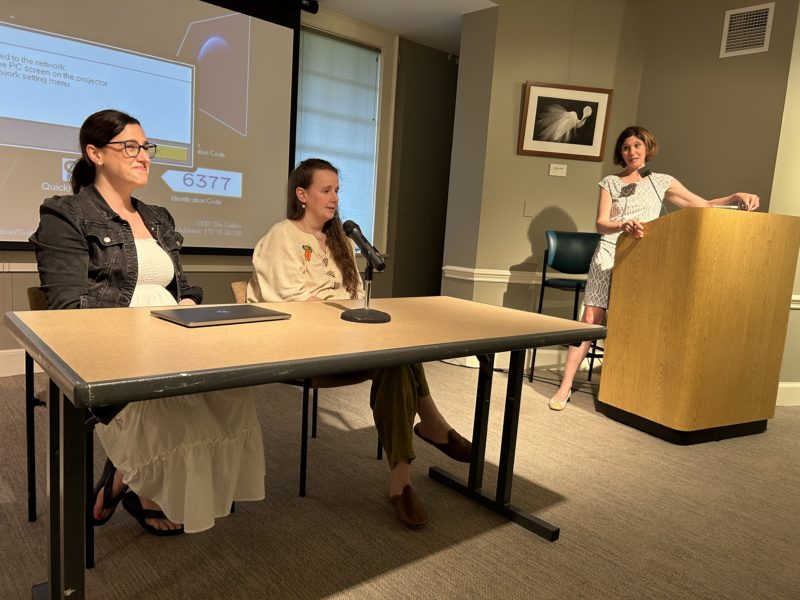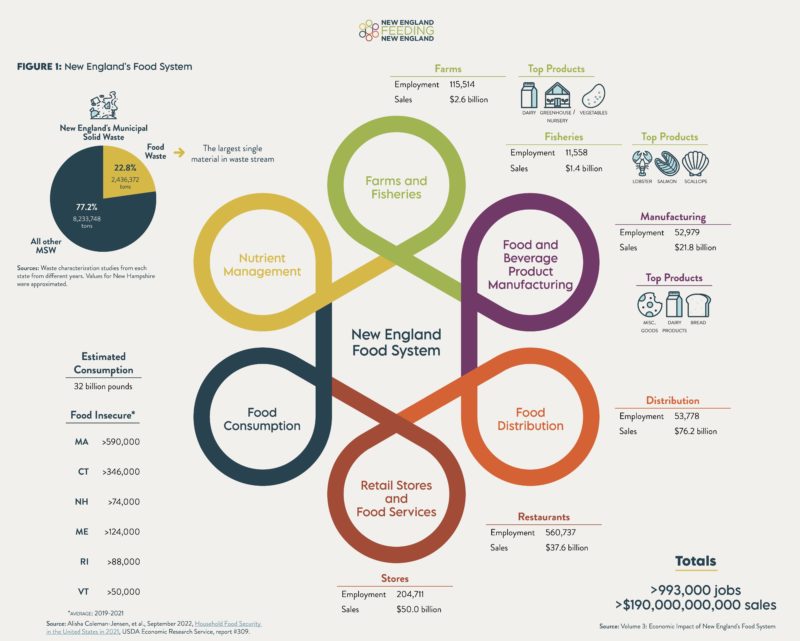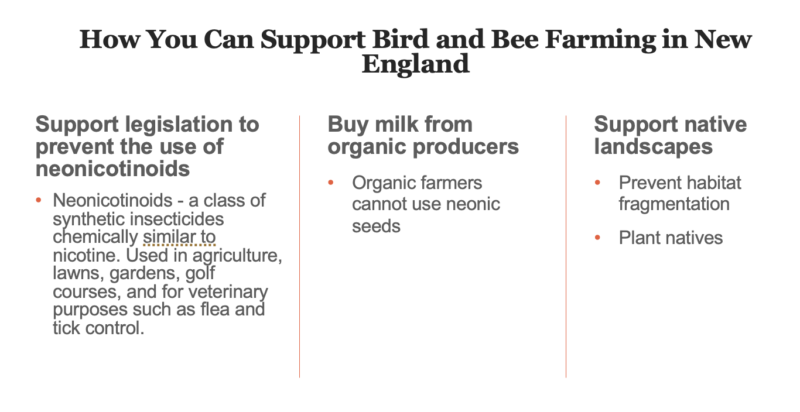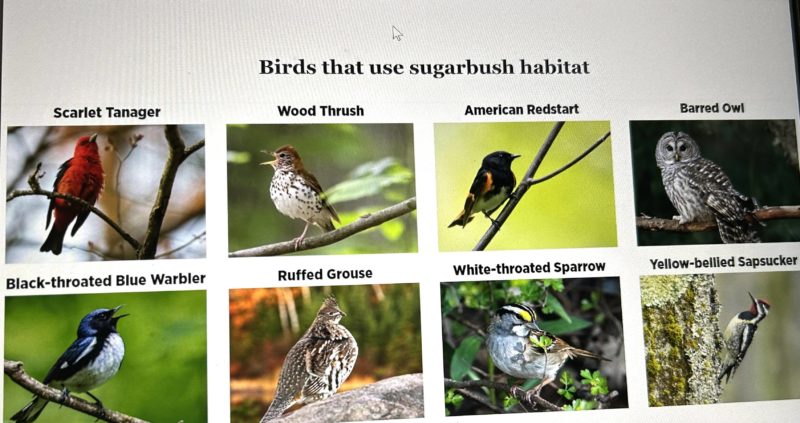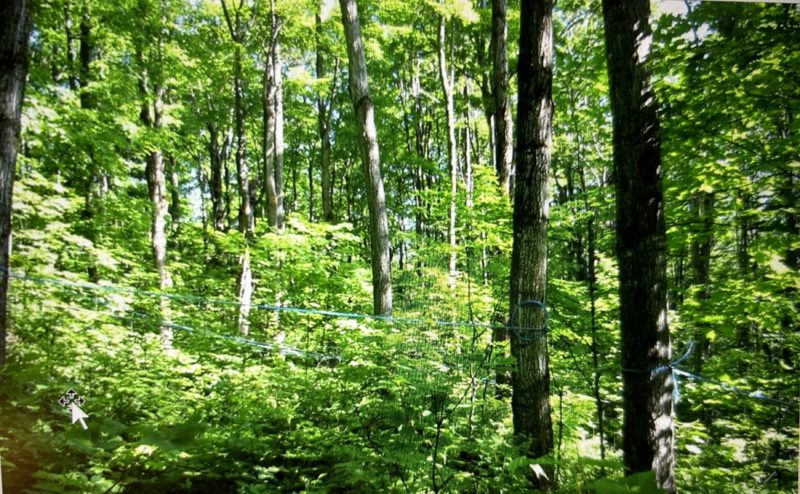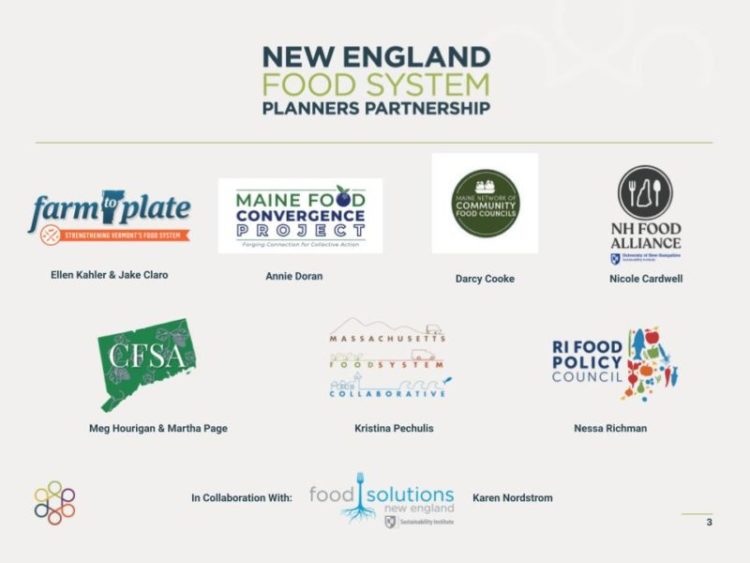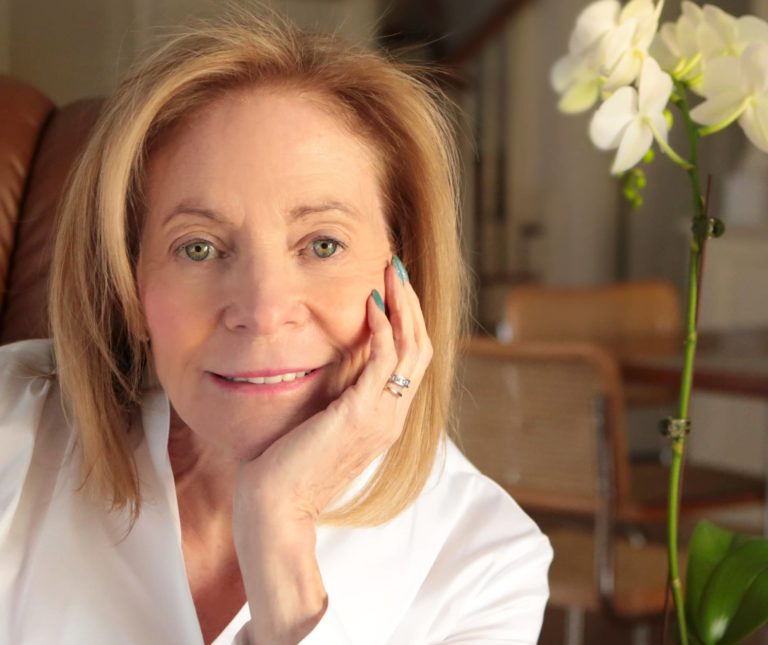By Anne W. Semmes
Greenwich’s Ali Ghiorse is a noted food activist. She describes herself as “seeing society’s most pressing issues through a food justice lens.” Thus, she is co-founder of The Foodshed Forum and serves on the Greenwich Sustainability Committee as Food Systems-Sector Chair. She’s also a member of the Representative Town Meeting. And a week ago Tuesday Ghiorse kicked off an explanatory meeting at Greenwich Audubon on “New England Feeding New England (NEFNE): Connecting regional approaches to resilience, conservation, ranching and the protection of bird and ecosystem habitat.”
The Foodshed Forum is a program of The Foodshed Network and is “an educational advocacy and convening platform in support of community-based initiatives working to advance food system transformation.”
“Tonight’s program,” Ghiorse began before 24 attendees “is part of a broader effort to raise awareness and build momentum for a stronger regional food system that contributes to climate resilience and sustainable local economies.” To that end Ghiorse’s Foodshed Forum partnered with the Connecticut Food System Alliance Forum (CFSA) to educate the community in the NEFNE research findings.”
Present to address those initiatives was its coordinator, Meg Hourigan. Also present was Rochelle Thomas, executive director of Greenwich Audubon to address bird habitat “within the context of food production.”
Ghiorse first gave the big picture of our “land of plenty with produce from all over the world, toppling off the grocery store shelves, and yet the system that gets food to our shelves is the largest single source of environmental degradation. It’s responsible for over 30 percent of global greenhouse gas emissions, 70 percent of freshwater use, and 80 percent of land conversion. It is the primary driver of biodiversity loss.” Added to that she said, “The industrial system perpetuates racial inequity, economic disparities, health disparities and increasingly impacts physical health and emotional wellbeing. It is also a driver of rural poverty. Some of the lowest paid workers and food insecure are those who grow, process and procure our food.”
Her other findings in Connecticut: “One in 10 Connecticut residents struggle with hunger, and more than 83,000 children are food insecure… And as we continue to degrade our natural resources, our ability to produce adequate food and food feed future generations is greatly at risk.” She noted that “American farms have been decreasing for decades and the trend continues in 2022…We must support our farmers, our farm workers…most notably black and brown owned. Additionally, we must protect the farmland we have left as well as to chart a path that distributes land back into the stewardship of black and brown communities.”
She ended with “We can have local food in our grocery store shelves from the farmers that we know, and we love.” And “yes, this work is about social and ecological justice.” She then introduced CFSA Coordinator Meg Hourigan. “Connecticut Food System Alliance has been working to strengthen food justice and food system change in the state since 2012,” she said. And “CFSA’s mission is to work towards a just sustainable food system by fostering collaboration and alignment among the state’s food system actors.”
She then listed those other food systems: the Vermont Farm to Plate Organization, New Hampshire Food Alliance, Rhode Island and Policy Council, Massachusetts Food System Collaborative, the Maine Food Convergence, and Food Solutions New England, a regional partner. Then add she said, “representatives from each of our state agricultural agencies and also the Rhode Island Commerce Department so that we now have this state government voice at the
table working in bringing all these agencies in as busy as they are and often as understaffed as they are.”
“So, what is the goal of the New England Feeding New England project,” she asked. “We want to see by 2030, 30 percent of the food consumed in New England is produced, harvested, or caught here in New England.”
“So,” she continued, “is New England prepared for a wide range of circumstances with a reliable, safe and abundant regional food supply?…We don’t expect complete self-reliance from a region or a state…but increasing our regional food self-reliance is both an investment in our shared future and an insurance policy against future risks, particularly those with climate change and some of the supply chain disruptions that we saw during the Covid pandemic. We’re aware that this is a really lofty goal. We also firmly believe that these changes are critical to our region and that we have to make these changes in order to avoid additional damage, additional upset, additional disruption from climate change, environmental and public health conditions that are affecting our current national and global food supply chains.”
“The overall picture,” Hourigan told “is that the food system employs almost a million people in New England and generates more than $190 billion in sales. We should point out however, that those bucks do not pay a living wage. So, in essence, our food system is really built on and supported by people who are not able to live in the communities that they’re serving.”
Another important finding was “We don’t know how much of the food produced in New England stays here.…And most of the places that we’re getting food from our big multinational corporations are focused on these really streamlined supply chains that cut out the smaller producers,” when, “our research findings show that our farmers and fishermen could meet 30 percent of servings for our population.” Add, “with a growing and diverse population as well as new and beginning farmers, fishers, and food business owners, we need to be focusing on new producers and businesses, getting access to affordable capital, land fisheries trainings, all of the different services that get attached to agriculture and to food production.”
The bottom line she said is, “Most of us get most of our food either at grocery stores and at restaurants. And so those are the kinds of outlets that we need to see more regional and local products. If it’s going to be easy for the average person to be part of this 30 percent vision, we have to invest in additional regional infrastructure like warehouses, processing facilities, transportation, and other types of critical links to support a shift to a more self-reliant system.”
“So, “she continued, “what does this mean in terms of farmland to become regional self-reliant?” The need for a million additional acres “roughly the size of Rhode Island…This is needed in order to achieve regional food security by 2030.”
Audubon’s Rochelle Thomas then stepped up to address the role of birds in the New England Feeding New England project. “Since the 1970s we’ve lost about 2.9 billion birds,” she shared, “and that’s a huge loss in our pollinators….” And “birds are important in our food systems like any other pollinator…”
And so, the issue in the east… forest covers roughly 50 to 60 percent of the land. And of that 70 to 80 percent is privately owned. So eastern forests are vital to the birds that breed in our forests. A lot of them winter here, many just pass through on their migratory route when they’re going to the Arctic… So why are we seeing such declines in forest birds? The primary driver of this is loss of habitat in addition to quality on the breeding grounds…Fragmentation in the small parcels means more edge and less interior.”
Thomas pointed out the value of sugar maple trees with an image. “You can see that we have a lot of sugar maples native to this area.” And privy to those maple trees she said, “We have
a huge amount of species richness, including the Scarlet Tanager, the Wood Thrush, and the Black-throated Blue Warbler. They like to nest in mature canopy 50 feet or higher.”
“So, what is the goal of the New England Feeding New England project,” she asked. “We want to see by 2030, 30 percent of the food consumed in New England is produced, harvested, or caught here in New England.” Meg Hourigan.
Three women leaders in Connecticut address their new initiatives to work toward a stronger regional food system in New England that contributes to climate resilience and sustainable local economies.

